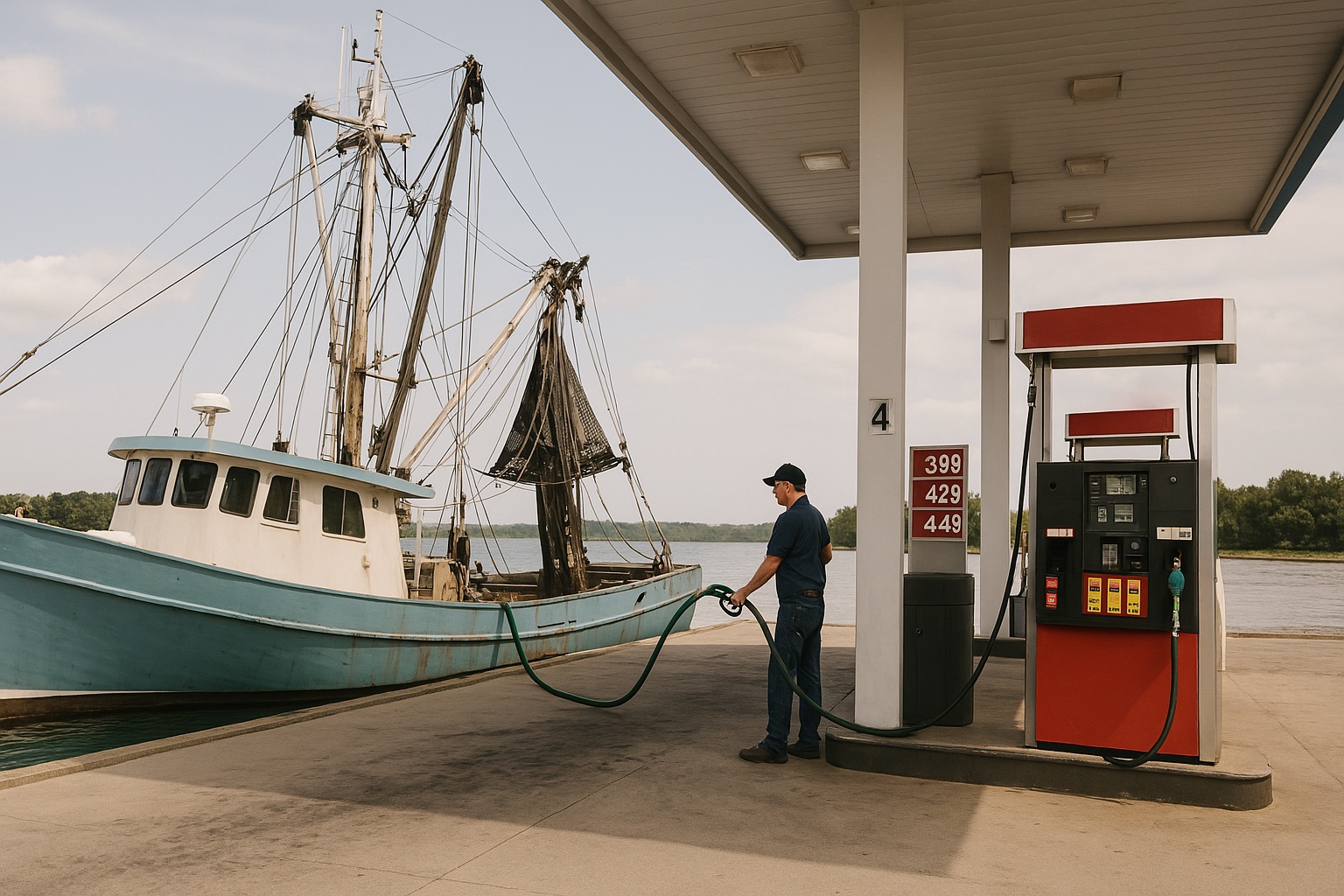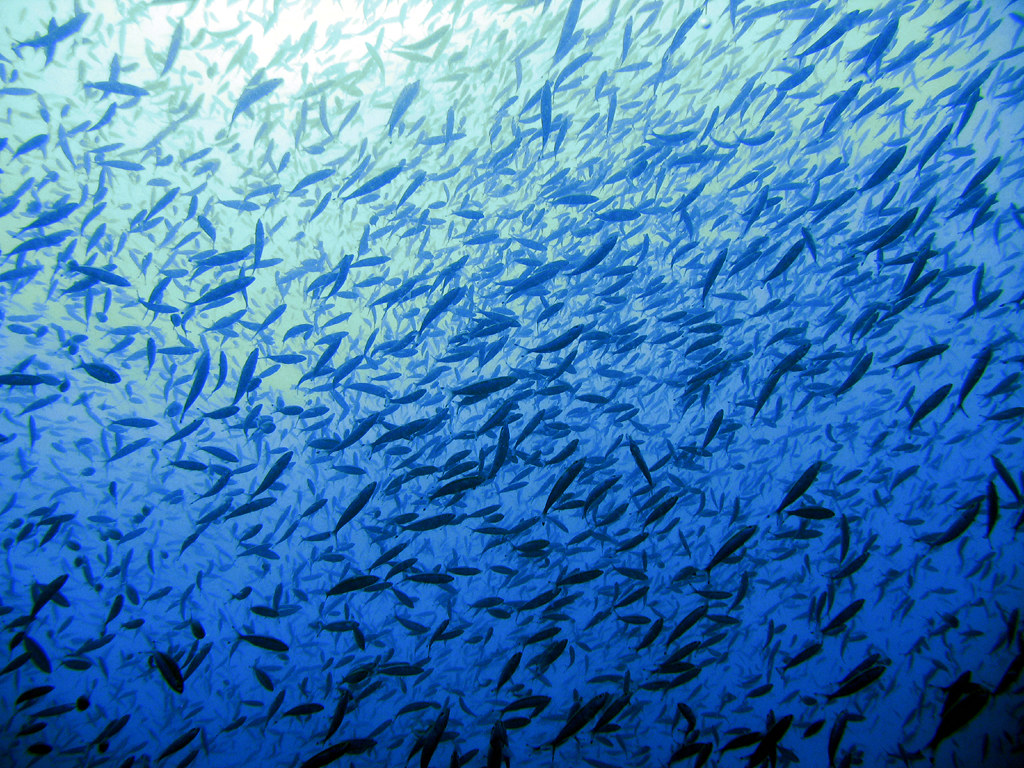Introduction: The Question of Harmful Algal Blooms (HABs) As Ocean Iron Fertilization (OIF) gains attention as a climate restoration strategy,
Introduction: Fishing, Fuel, and Climate The global fishing industry is an essential provider of food and livelihoods—but it’s also a
Introduction: Connecting Ocean Productivity to Protein Affordability In our previous discussion on climate restoration and hunger, we explored how Ocean
From Climate Restoration to Economic Growth While Ocean Iron Fertilization (OIF) is primarily seen as a climate restoration tool, its
The Connection Between Climate and Food Security Hunger remains one of the most pressing global challenges, and organizations like The
Thank you to those who donated and helped! Thanks to you we have raised 46% of our $70,000 budget, and
Methane is a potent greenhouse gas that causes about 1/3 of today’s global warming. Using Enhanced Atmospheric Methane Oxidation (EAMO),
Restoring our climate will require pulling a trillion tons of legacy carbon dioxide from the atmosphere by 2050. Farming seaweed,










